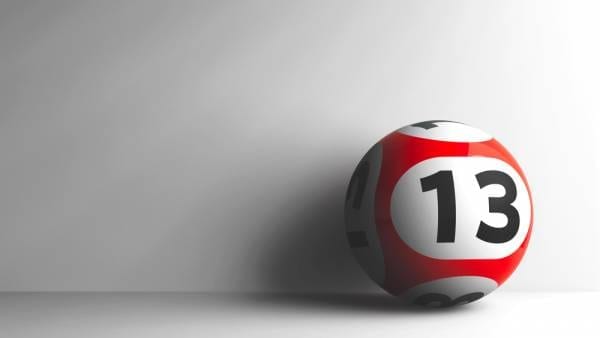Superstitions to Consider in Your International Marketing:

Here in America, we all know the regular “spooky” superstitions. For instance, the number 13 is perceived to be very unlucky. We avoid having a 13th floor in our elevators or a 13th row on our planes, just to prevent any superstitious conflict. We also avoid black cats, broken mirrors, spilled salt — the list goes on and on. While we may be sensitive to these things in our marketing strategies and image creations in the U.S., perhaps we should put the same care into understanding superstitious concepts from an international marketing perspective.
Thirteen isn’t the only number we Americans find ourselves avoiding. We also avoid the number 6, especially in repetition. However, this is not the case everywhere. In China, the number 666 is perceived as good luck. This is because the pronunciation of 666 is essentially the same as that of the phrase “things going smoothly.” In fact, many Chinese businesses will even hang the number above their door as a good luck charm.
There are, however, some other numbers that other parts of the world find to be bad luck:
- In Italy, the number 17 is considered extremely unlucky. This was seen in the Turin Olympics, when they renamed the 17th turn in the bobsled track “Senza Nome” which translates in English to “without name.”
- The Chinese, as well as many other Asian cultures, avoid use of the number 4. The pronunciation for this number sounds almost identical to the pronunciation of “death,” and therefore, they avoid it at all costs. This can even be seen across many manufacturers. For instance, Fuji Cameras skipped their 4 Series and went straight from 3 to 5. This also relates to the number 14. Canon is known to have avoided 13 and 14 in their Powershot Series.
These companies are demonstrating a certain level of awareness of how international cultures think, even on a subconscious level.
It is not just numbers we must be aware of. When it comes to image creation, there is a level of consciousness that needs to be reached in order to effectively market internationally. For example, in Vietnam, there is a superstition that it is bad luck to have three people in a photo together. They believe that the one in the middle will die.
Another odd superstition: While owls are perceived as wise in America, they are perceived as bad luck in many Eastern cultures, especially if in flight. Here, we utilize owls in many marketing pieces, even in our brand names and logos (take Hootsuite, for example). However, if we were attempting to market to these cultures, we would want to avoid them altogether.
While many of the American superstitions are derived from European folklore, mostly British and Celtic, there are still some that differ. For instance, the magpie plays a major role in the superstitions of many Irish, British, and Scottish communities, even in modern times. There is also a respect for fairy trees (trees that stand alone in a space, especially where they otherwise might have been removed or where no other trees grow). It is bad luck to cut down a fairy tree, and many still respect this superstition by avoiding doing so.
Now, not all superstitions are bad. Some of them are believed to bring good luck, or even wealth:
- In Spain, you enter a meeting room with your right foot for good luck.
- In India, some break a coconut on the ground when starting a new business to ensure financial success.
- The Japanese carry origami frogs in their wallets, as it is supposed to bring back the money you spend.
- In America, some carry a rabbit’s foot for good luck.
The moral of the story here is not so much about international superstition, but more so about the level of consciousness required to effectively market to different cultures. The things we know to be good luck or bad omens are sometimes perceived as quite the opposite on the other side of the world.
